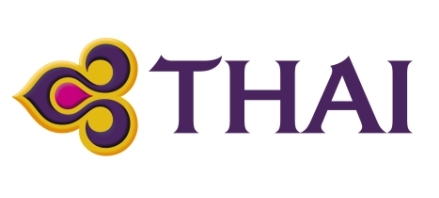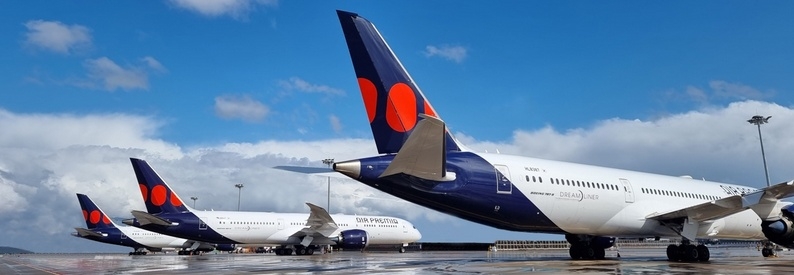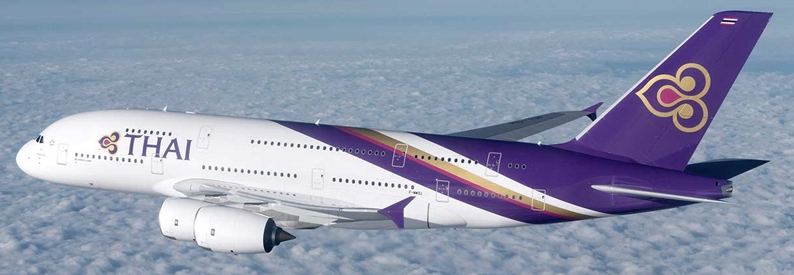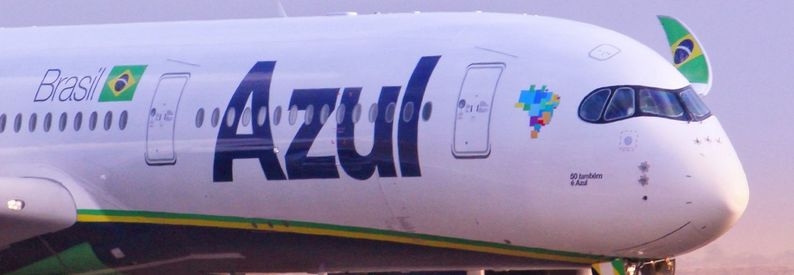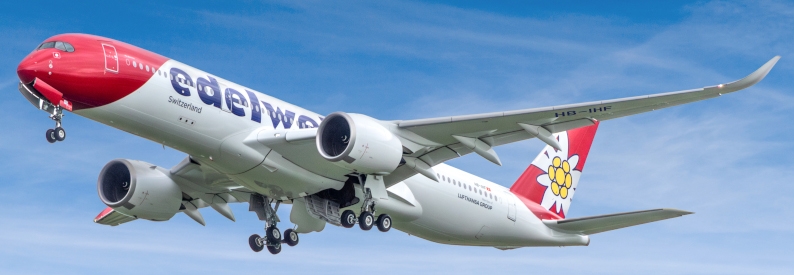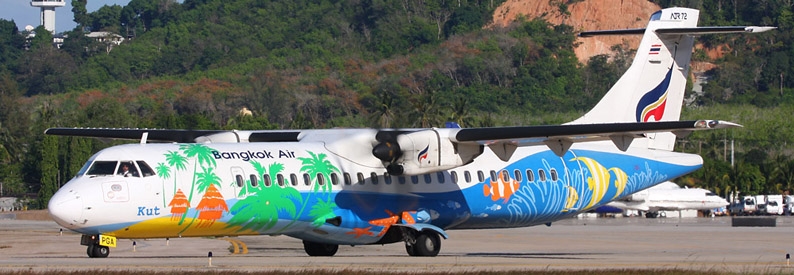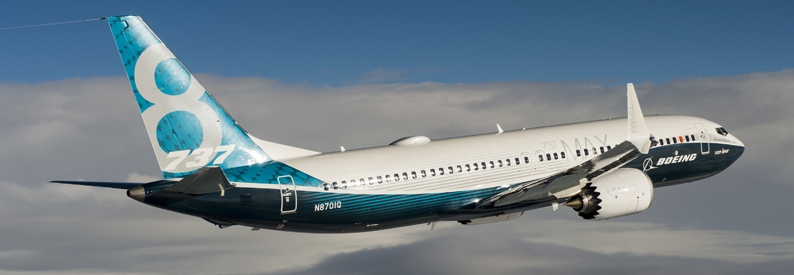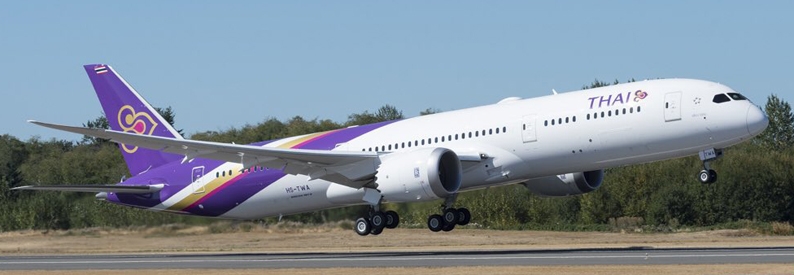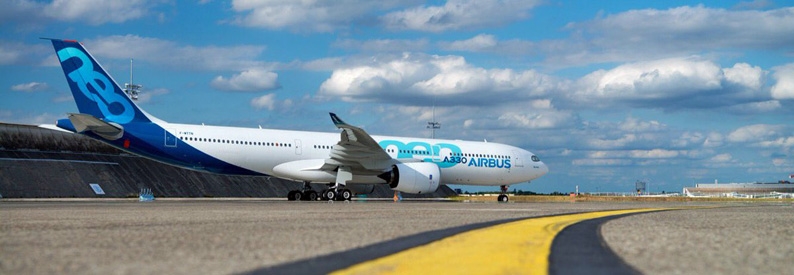Thai Airways International (TG, Bangkok Suvarnabhumi) will evaluate wet-leasing as one of the possible ways to finalise its plan to add 38 aircraft using its approved budget of THB156 billion bahts (USD5.1 billion), Thai Transport Minister Saksayam Chidchob said.
As reported by the Thai Post daily, Saksayam underlined at a press conference that the debt-ridden flag carrier must get on with the long-planned fleet renewal this year.
He said that the airline should explore all options, including buying aircraft, as well as dry- or wet-leasing them. Saksayam added that any regulatory obstacles to long-term wet-leasing will be removed by the government if Thai Airways chooses this option.
Thai Airways has been working on its fleet renewal for at least two years now. In 2018, it suffered a set back after the National Economic and Social Development Board (NESDB) criticised the previous plan. Then, in mid-2019, the government gave its go-ahead in principle, although the details of the carrier's fleet renewal and larger restructuring are still being worked out. In a recent interview with ch-aviation, President Sumeth Damrongchaitham said that the final version of the plan will be ready by the end of the first quarter of 2020.
According to the ch-aviation fleets module, Thai Airways' fleet currently includes fifteen A330-300s, twelve A350-900s, six A380-800s, nine B747-400s, six B777-200s, six -200(ER)s, six B777-300s, fourteen B777-300(ER)s, six B787-8s, and two B787-9s. The bulk of the aircraft is owned by the airline except for all B787s, eight B777-300(ER)s, and eleven A350-900s. Wholly-owned subsidiary Thai Smile operates twenty A320-200s, of which fifteen are dry-leased.
